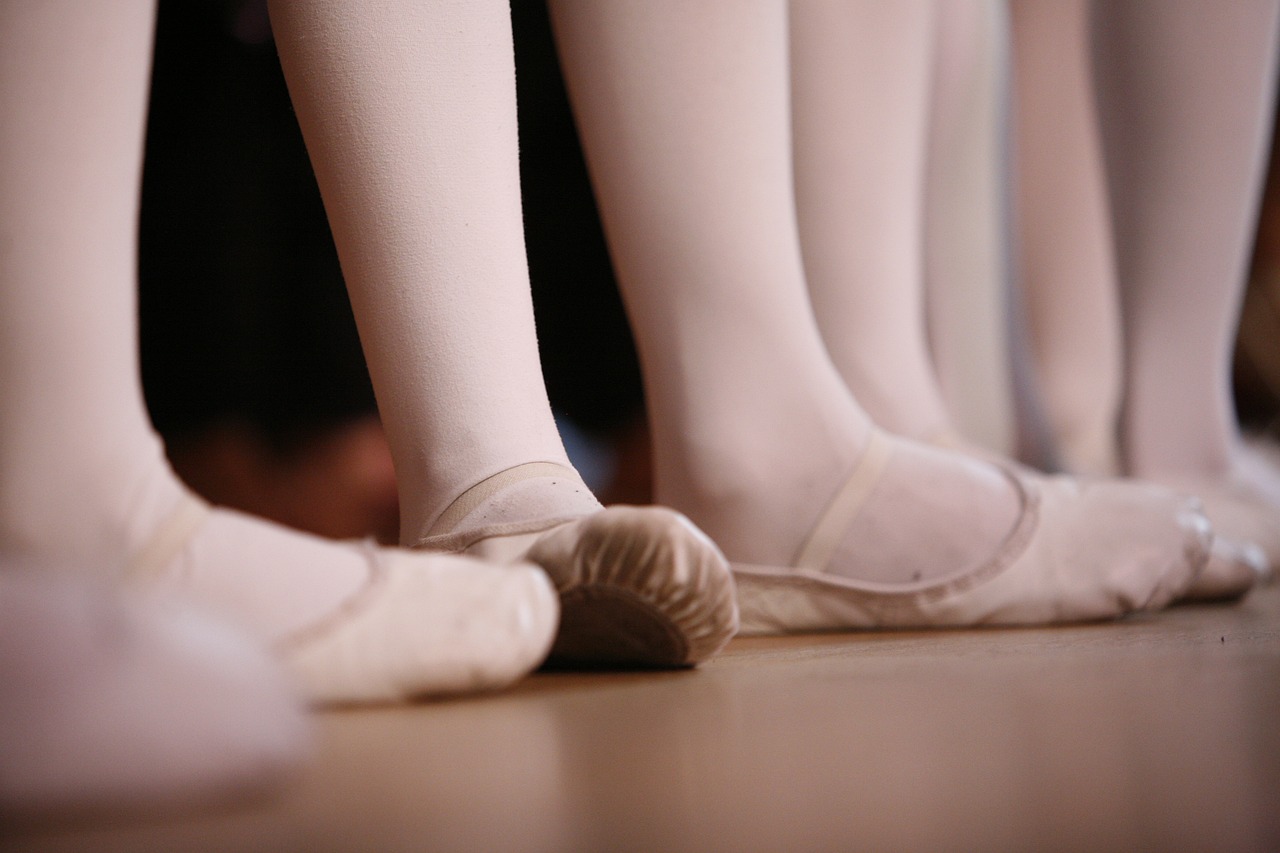Ballet's Digital Transformation: A New Era
In an age where technology permeates every aspect of life, even the timeless art of ballet is undergoing a digital transformation. Once a realm solely of live stages and exclusive theaters, ballet is embracing the digital revolution to reach wider audiences and adapt to contemporary demands. This shift is opening up new avenues for creativity, accessibility, and audience engagement.

Historical Context of Ballet in the Digital Age
Ballet has always been a blend of tradition and innovation. Since its origins in the Italian Renaissance courts, ballet has evolved through various cultural and historical phases, expanding from court entertainments to grand theatrical productions. The 20th century saw significant changes with the introduction of modern and contemporary ballet styles, pushing the boundaries of classical techniques. Today, the integration of digital technology marks the latest evolution in ballet’s storied history, reshaping how it is created, performed, and consumed.
Current Developments in Digital Ballet
The COVID-19 pandemic accelerated the adoption of digital platforms in the arts, with ballet companies around the world streaming performances online. This trend continues to grow, with companies now experimenting with virtual reality, augmented reality, and interactive digital experiences. Major institutions like the Royal Ballet and the New York City Ballet have embraced these technologies, offering virtual performances that allow audiences to experience ballet from entirely new perspectives. This digital shift is not only about reaching broader audiences but also about enhancing the artistic expressions of dance itself.
Impact and Significance of Digital Ballet
The digitization of ballet holds significant implications for both artists and audiences. For dancers and choreographers, digital tools offer new creative possibilities, enabling them to experiment with visual effects and multimedia elements that were previously unimaginable. For audiences, digital ballet provides unprecedented access to performances that might have been geographically or financially out of reach. This democratization of ballet has the potential to cultivate a more diverse and engaged global audience, fostering a deeper appreciation for the art form.
Reception and Critique of Digital Ballet
While the digital transformation of ballet is generally welcomed, it is not without its critics. Traditionalists argue that the essence of ballet lies in the live, shared experience of a theatrical performance, something that cannot be fully replicated through a screen. Moreover, there are concerns about how digital platforms may affect the economic model of ballet companies, which have long relied on ticket sales for revenue. Despite these challenges, many in the industry believe that embracing digital tools is essential for ballet’s survival and growth in the modern world.
The Future of Ballet in a Digital World
As ballet continues to navigate its digital transformation, the future holds exciting possibilities. Collaborations between technologists and artists are likely to produce innovative works that blend dance with cutting-edge technology. Educational initiatives are also expanding, with online classes and workshops making ballet training more accessible than ever before. Ultimately, the digital era presents ballet with an opportunity to redefine itself for the 21st century, ensuring its relevance and vibrancy for future generations.
In conclusion, ballet’s digital transformation represents a pivotal moment in the art form’s evolution. By embracing technology, ballet can both honor its rich traditions and engage with new audiences in innovative ways. As this transformation unfolds, it promises to enrich the world of dance and expand its cultural impact.




